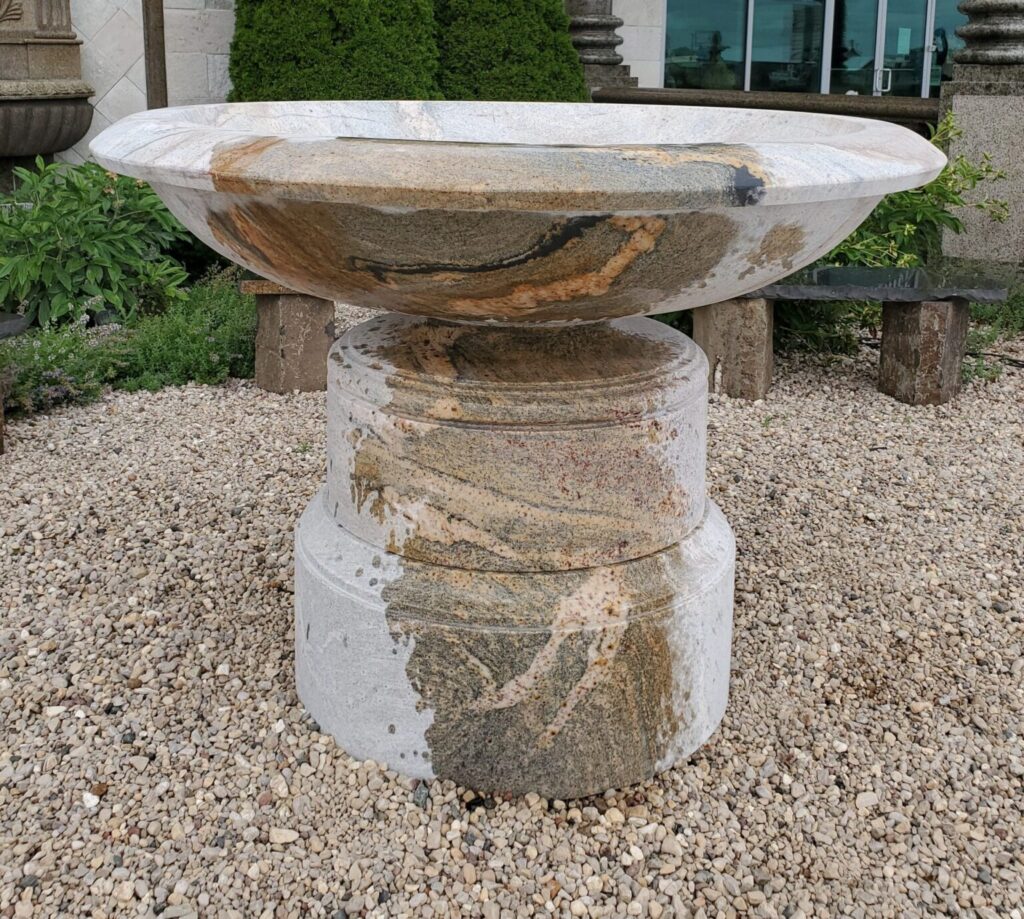A yard water fountain can add appeal and value to any home when it looks pristine.
With busy schedules and tight budgets, it can become less of a priority to care for the fountain. In fact, the average homeowner spends an average of $1,204 a month on home costs. If you’re looking for ways to make your fountain maintenance quick and easy, check out these tips.
1. Take Care of the Pump
In order to prevent serious problems with your fountain, make sure you take care of the pump.
Most people notice their pump is the first thing that accumulates buildup and debris. Since the water flows through the filter via the pump, it can accumulate the most buildup. Making it a habit to clean the pump will prevent you from having to deal with excess buildup. To tend to the pump, all you have to do is remove it from the fountain and wipe it down with a clean sponge.
If the pump has small and tough to reach areas, you might need to use a toothbrush to ensure you take care of all the buildup. Keep in mind the pump also has to be completely submerged in water. Depending on the climate and region, your fountain might drain of water faster than expected.
Make sure you pay attention to how often your fountain runs out of water, so the pump always stays submerged.

2. The Type of Water You Use
Some fountain owners notice no matter how many times they clean their fountain, it’s always covered in algae. If you’re having this problem with your fountain, start using distilled water, or at least water that has been routed through your homes filtration system first, rather than well water.
Distilled water prevents excess algae buildup and gives you more time in between cleanings. Using distilled water might not be a problem for those with small fountains, however, large fountains might not be as easy.
If you have a large fountain, and distilled water is not an option, you can use other solutions to control the algae buildup. Using compressed chlorine tabs, birdbath cleanser or fountain cleanser will control algae in large fountains.

3. Pay Attention to the Material
Some fountain owners have a harder time keeping up with the maintenance of their fountain because they don’t tailor it to the material.
If you want to simplify your fountain cleaning routine, you have to clean it according to the type of material. For ceramic fountains, all you have to do is take a soft cloth or sponge and clean using water and soap. Copper fountains should be cleaned using a soft-cloth and high-quality furniture cleaner. Porous stone fountains (like marble, limestone, travertine or concrete) need gentle cleansers, soft nylon brushes and a consistent maintenance plan. Stainless steel is a more delicate material and should be cleaned using a stainless steel cleaner. In order to prevent scratches, use a soft cloth (dry) and use gentle pressure. Or, if you are lucky enough to own a granite fountain, your cleaning tasks will be MUCH easier than any other type of fountain option.
With granite fountains ONLY, the following cleaning processes can be used:
- For example, if you get calcium or iron stains on granite, just using a 50/50 solution of muriatic acid/water (for whitish / chalky calcium scale) or 50/50 ferrous acid / water (for orangey / reddish iron stains) will melt the stain away like magic. (Or, you could use CLR or RidORust instead.) Then, once the stain is gone, sluice liberally with water to get rid of the acid remnants…
- Before you accomplish that cleaning with the acid though, make sure it’s a non-windy day, and you have all of your skin covered with pants / sleeves / a face mask (as it’s very pungent), etc…
- Vs, if used those same caustic chemicals on a more porous stone (like marble, limestone, travertine, cantera or concrete), it would eat the stone AND the stain like alka seltzer in a glass.
- Therefore, to keep a porous item clean (even in a non-freeze/thaw climate) requires more consistent maintenance, elbow grease and gentle cleansers.
- And dirt / algae / lichen can’t grab hold too well in a non-porous item either, so therefore honed or polished granite items can look brand new for their whole lifespan of 100’s of years.
- Please note – even if you don’t clean your granite item for many years, it’s possible to be brought back to looking brand new in just a day’s time, using the acids mentioned above…

Fountain Maintenance Tips: The Bottom Line
If you follow these tips, you will never feel burdened by fountain maintenance. Remember to keep in mind the material, the water, and the pump.
Looking for a new fountain for your home? Check out our complete fountain inventory.
